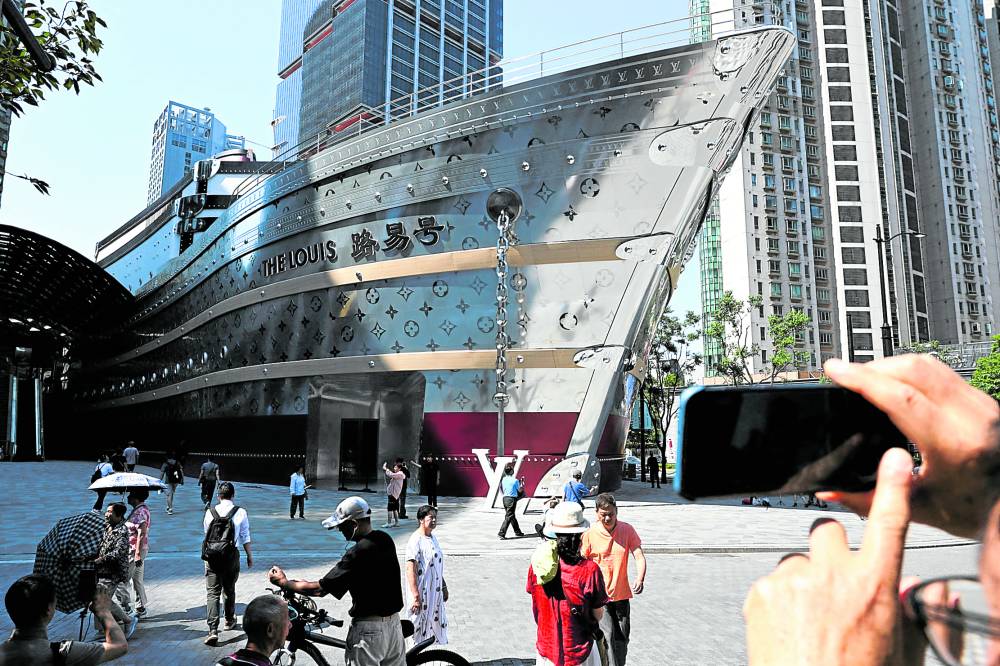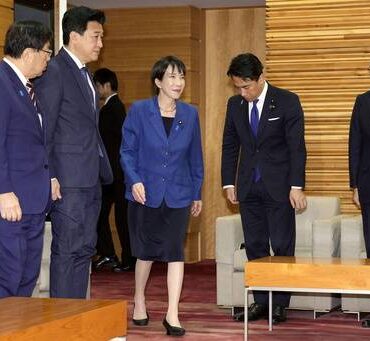Global luxury shoppers spurning high-end brands

MILAN—Global sales of personal luxury goods are forecast to contract for the second straight year, as well-heeled shoppers rebel against extravagant price hikes on ho-hum offerings and global turmoil shakes confidence, according to a new study by the Bain & Co. consultancy released on Thursday.
Sales of high-end apparel, footwear and handbags are expected to drop 2 percent to $412 billion this year from $420 billion in 2024, Bain said in its semiannual market update for the Altagamma association of Italian luxury producers.
The dip would mark the first two-year slowdown since the 2008-09 global financial crisis.
“It is not a disaster scenario, yet you see consumers are trading down to accessible brands, not because they don’t have the money but because I think they are looking for something that is more ethical in the value-price proposition,’’ said Bain partner Claudia D’Arpizio, who coauthored the study.
Post-pandemic sales hit 369 billion euros in 2023 in a rebound that Bain analysts now read as a bubble. Despite the recent dips, the market still remains about 25 percent larger than 2019, before pandemic lockdowns tanked sales.
Looking ahead, Bain is forecasting a rebound of 3 percent to 5 percent next year to $421 billion to $433 billion, which assumes US growth backed by strong financial markets and recovery in China.
Flat growth
The US market is forecast to be flat this year at around $116 billion, while Europe is under pressure and expected to contract slightly to $124 billion euros. mainland China and Japan are both headed for slowdowns of up to 8 percent, to $48 billion and $35 billion, respectively. Only the Middle East is expected to grow, from 4 percent to 6 percent to $26 billion, powered by the shopping mecca of Dubai.
Globally, inflated prices and a creativity crisis have cost brands 60 to 70 million customers over the last two years, reducing the customer base by some 18 percent to 330 million shoppers who feel much less loyal than they used to be, according to Bain.
The categories that have suffered the most—footwear and handbags—are those where the price hikes were the stiffest, D’Arpizio said. “These customers have plenty of bags in their wardrobes, including the same ones they can buy now,’’ she said.
Just like in politics, the luxury world is experiencing a period of extreme polarization, with ultra-high-net-worth individuals proving the most resilient in their purchasing power. With personal wealth above $34 million, they number some 400,000 people, with family members extending the category to some 1.5 million people.
Polarization
“The ongoing polarization is not helping luxury consumption,’’ D’Arpizio said. “The rest of the customers felt alienated because brands focused too much on these ultra-high-net-worth individuals, not only with the price elevation but also with the customer experience that was meant for few and not for the many.”
Social media is also amplifying questions about whether “it is ethical to buy at these prices,’’ D’Arpizio said. She added that the strategy of hiking prices “in our opinion has been very dangerous,’’ creating a misalignment between price and value.
Brands need to decide “which customers they want to serve” and also reestablish themselves as harbingers “of self-actualization and social improvement,’’ which powered the luxury market through recent decades, D’Arpizio said.

















